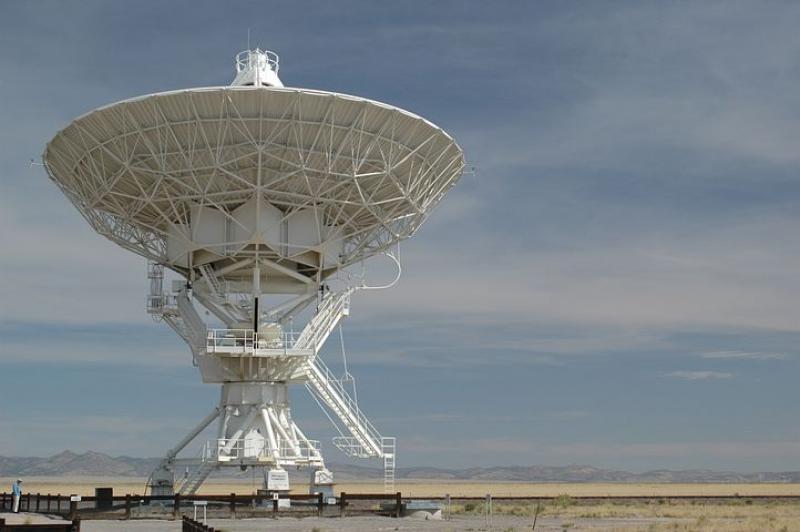Weather Radar has revolutionized weather forecasting, providing meteorologists with a comprehensive understanding of atmospheric conditions and enabling accurate predictions. Before radar technology, weather forecasts relied primarily on observations from ground-based weather stations and weather balloons. However, these methods had limited range and could not capture real-time data of rapidly developing weather systems. With the advent of weather radar, meteorologists gained the ability to remotely sense precipitation and storms over vast areas. This breakthrough allowed for the detection of severe weather events, such as hurricanes, tornadoes, and hailstorms, well before they reached populated areas, enabling timely warnings and evacuations. Weather radar also played a crucial role in advancing our knowledge of precipitation patterns and atmospheric processes.
By studying radar echoes, meteorologists can better understand the life cycles of storms and develop more accurate forecast models. This has led to significant improvements in both short-term and long-term weather predictions. Furthermore, the integration of Weather Radar data into computer models has enhanced the precision of weather forecasting. Sophisticated algorithms and supercomputers now process the vast amounts of radar data, providing more detailed and localized forecasts for specific regions. As technology continues to advance, so does weather radar. Modern radar systems can now differentiate between various types of precipitation, such as rain, snow, and hail, further improving forecast accuracy. weather radar has been a game-changer in the field of meteorology, transforming the way we understand and predict weather patterns. Its ongoing development promises even more accurate forecasts and better protection against severe weather events.
